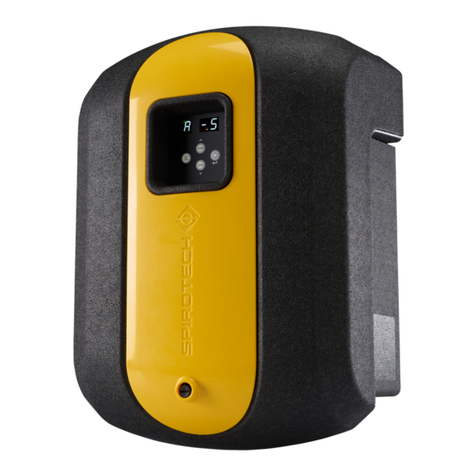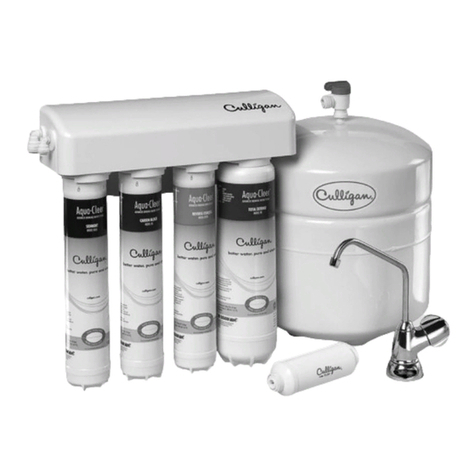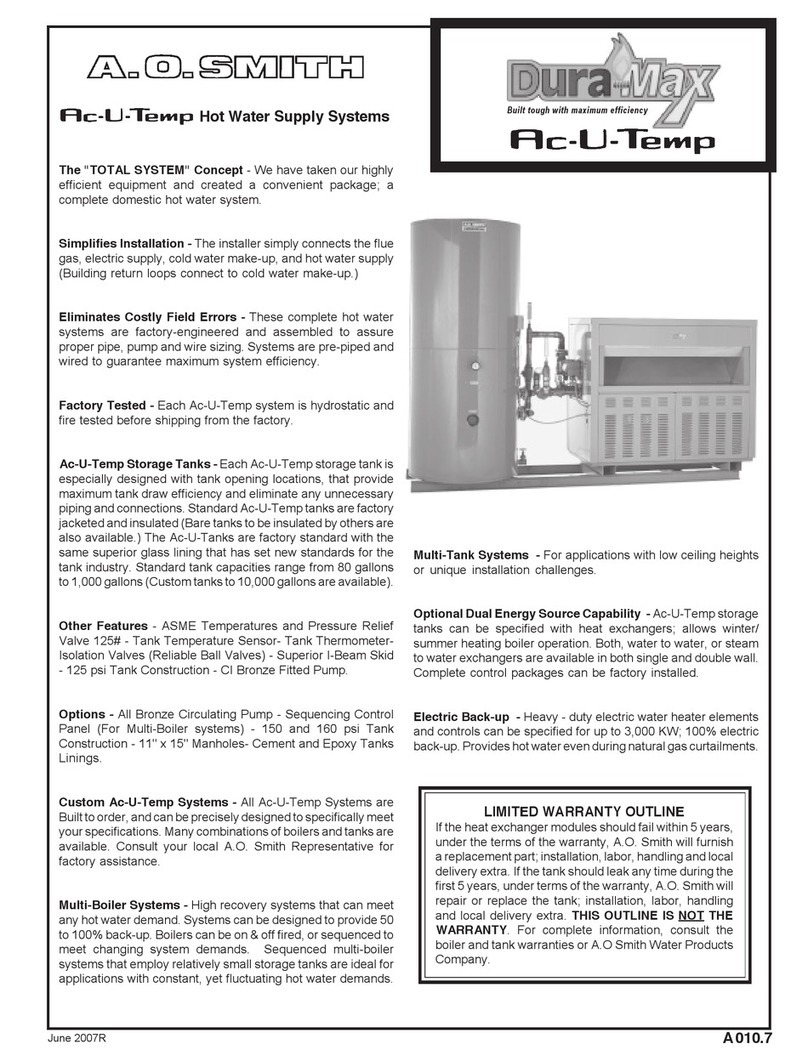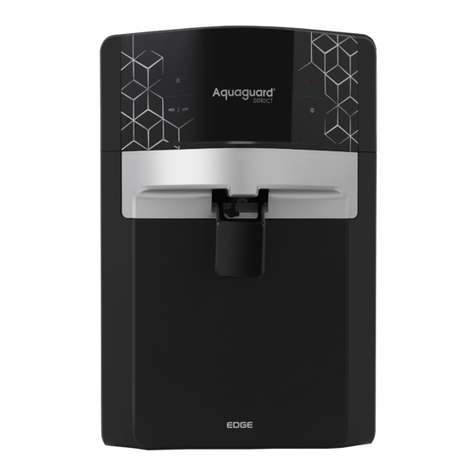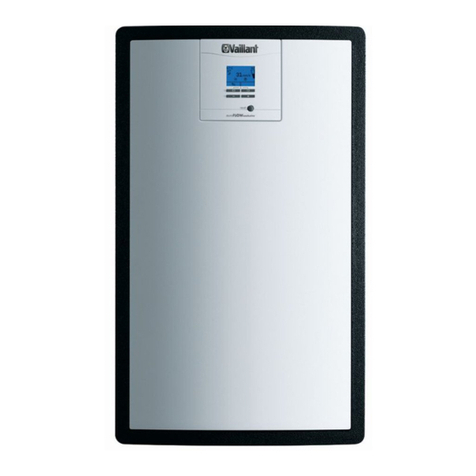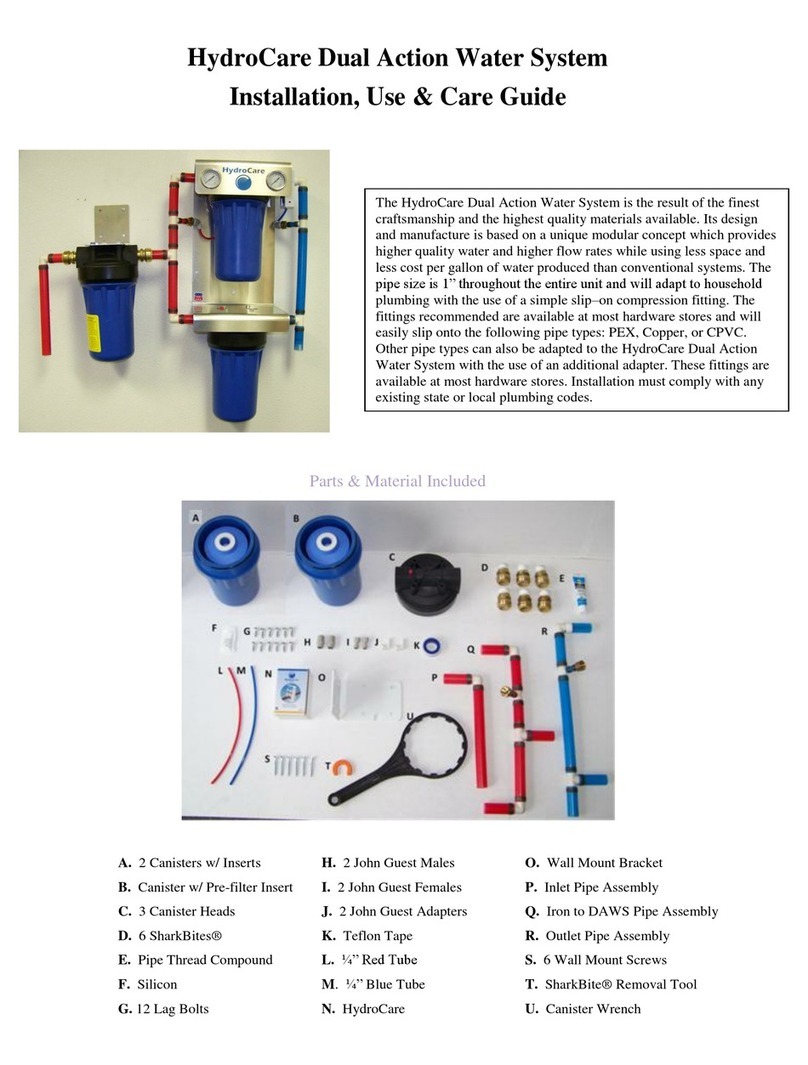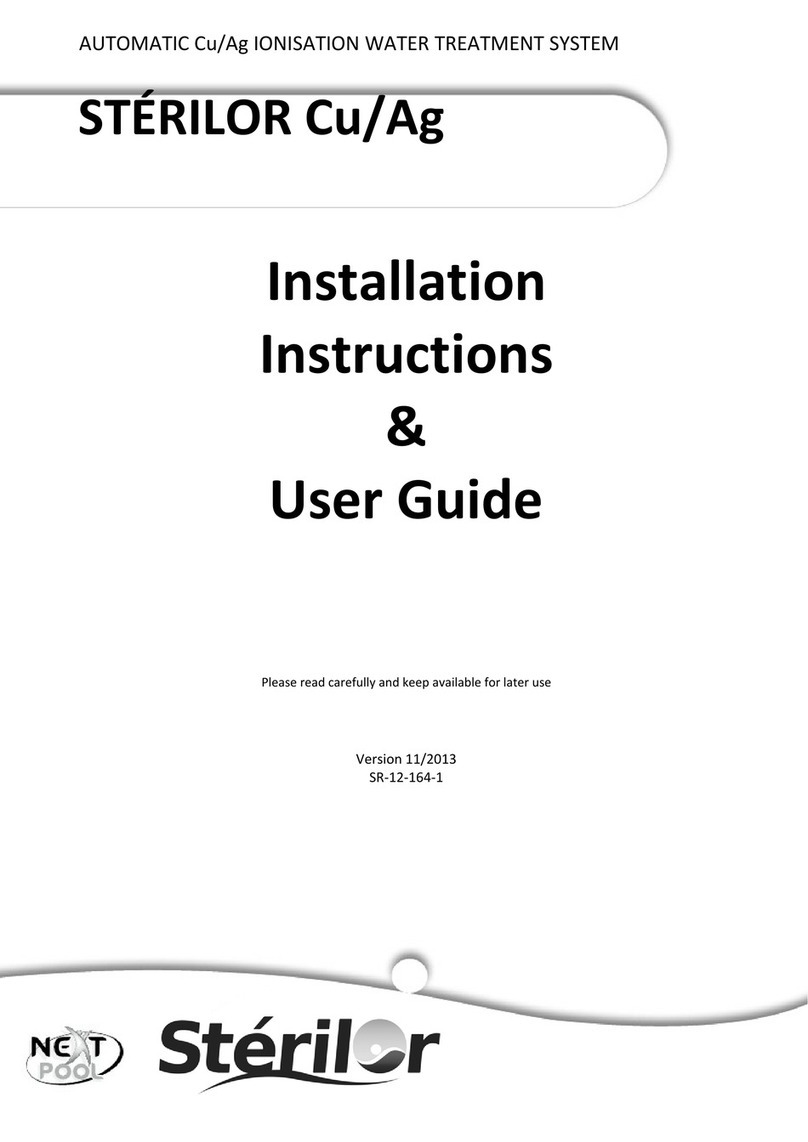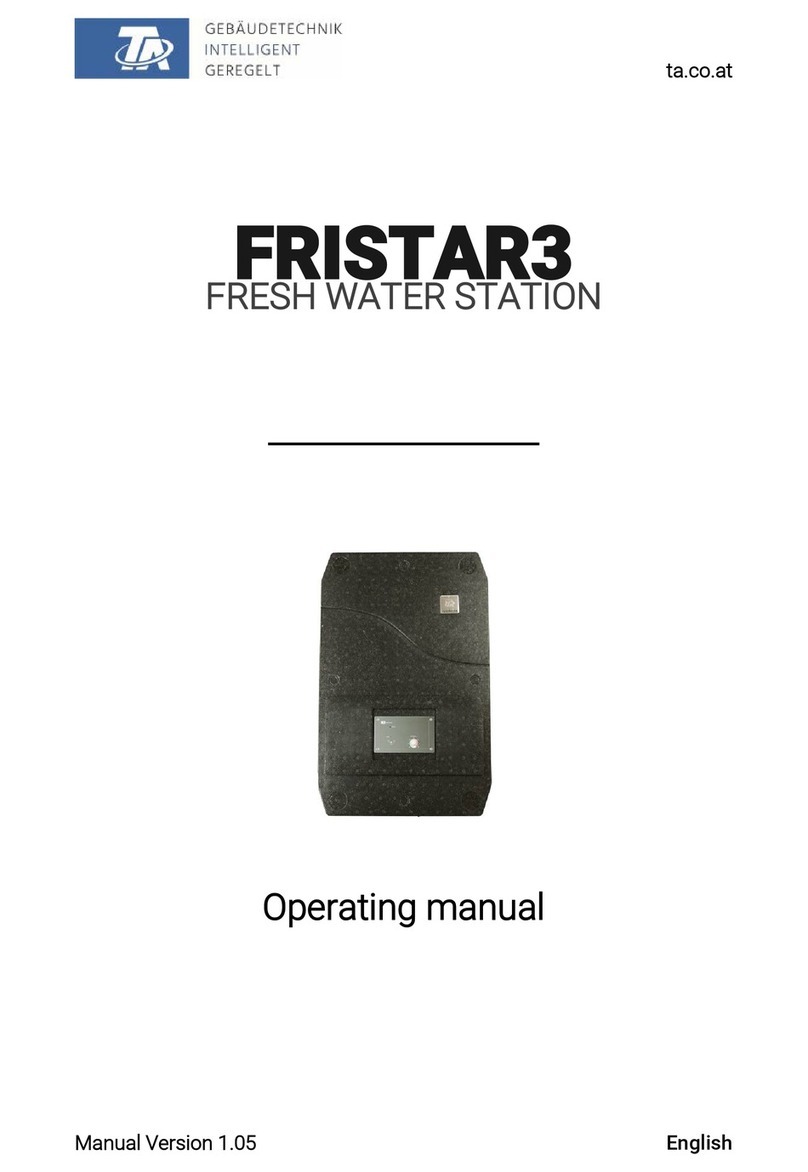Safety 2
Important Safety Instructions
SAVE THESE INSTRUCTIONS - This manual contains
important instructions that should be followed during
installation, operation, and maintenance of the product.
This is the safety alert symbol. When you see this
symbol on your pump or in this manual, look for one of the
following signal words and be alert to the potential for
personal injury!
indicates a hazard which, if not avoided,
will result in death or serious injury. indicates a hazard
which, if not avoided,
can result in death or serious injury. indicates a hazard
which, if not avoided,
can or may result in minor or moderate injury. NOTICE
addresses practices not related to personal injury. Carefully
read and follow all safety instructions in this manual and
on pump.
Keep safety labels in good condition. Replace missing or
damaged safety labels.
To avoid risk of serious bodily injury due to electrical shock
or burns and property damage due to flooding, read the
safety instructions carefully before installing pump.
Battery acid is corrosive. Do not spill on skin,
clothing, or battery charger. Wear eye and head protection
when working with battery. Connect and disconnect DC
output terminals only after removing the charger from the
AC outlet. Never allow the DC terminals to touch each other.
Hazardous Voltage. Can cause severe or fatal
electrical shock. Do not plug in or unplug battery charger
while standing on a wet floor or in water. Be sure one hand
is free when plugging in or unplugging charger. If basement
floor is wet, disconnect power to basement before walking
on floor.
Risk of flooding. Do not run pump dry. To do
so will damage seals and can cause leaking
and property damage.
Follow local and/or national plumbing and electrical codes
when installing the system. A ground fault circuit
interrupter (GFCI) is recommended for use on any
electrical appliance submerged in water. Use this system
only for backup sump pump duty in a residential
application. It is not designed as a primary sump pump.
Do not lift pump by electrical cord.
Risk of electrical shock. Do not lift the pump
by the electrical cord; lift pump only by the discharge pipe,
lifting ring or handle on the pump. Lifting by the cord can
damage the cord.
Pump clear water only with this pump.
Pump is permanently lubricated at the factory. Do not try to
lubricate it!
Keep battery charger and battery box off of the floor and in
a dry, cool, well ventilated area.
NOTICE: If a Carbon Monoxide (CO) sensor is installed, it
must be at least 15 feet away from battery charger in order
to avoid nuisance CO alarms. Please refer to your CO
detector’s installation guidelines for more information.
To avoid danger of fire or explosion, keep sparks and flame
(pilot light) away from battery.
Maximum vertical pumping distance is 14 feet (4.3M) for
Model FPDC20.
Make sure sump is clear of debris. Debris can damage the
pump which can result in flooding.
GENERAL INFORMATION
The battery backup sump system is not a substitute for your
primary sump pump. It is designed to temporarily backup
your primary sump pump during a power outage or other
problem which prevents normal operation of the primary
pump. Do not use this system to pump flammable liquids or
chemicals. Pump clear water only with this pump.
Keep the battery charger dry and protected from damage.
This system is designed to work with a deep cycle sealed
maintenance free lead-acid AGM battery. It will also work
with a flooded lead acid battery. Gell and Sealed flooded
lead acid batteries are not recommended. In an emergency
(such as an extended power outage) which depletes the
system deep cycle battery, your automobile battery may be
temporarily substituted. Be sure to replace the system deep
cycle battery as soon as possible. Use of an automobile
battery instead of a deep cycle battery in this system will
significantly reduce the system’s total performance.
Automobile batteries are not designed for this type of
application and will be quickly ruined by the repeated
charge/discharge cycling. NOTICE: This system is not
designed for applications involving salt water, brine, or
where fish may be present! Use with these will void
warranty.
California Proposition 65 Warning
This product and related accessories contain
chemicals known to the State of California to cause cancer,
birth defects or other reproductive harm.
BASIC TOOLS AND PARTS NEEDED
(Purchase Separately)
Channel locks or large adjustable pliers
Tape measure
Socket wrench or 5/16” nut driver
Side cutters
Hacksaw (to cut PVC pipe)
Medium size pliers
Slotted screwdriver
